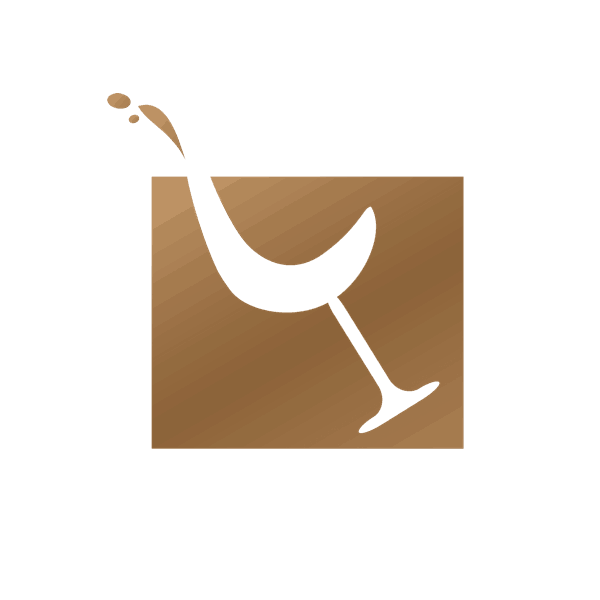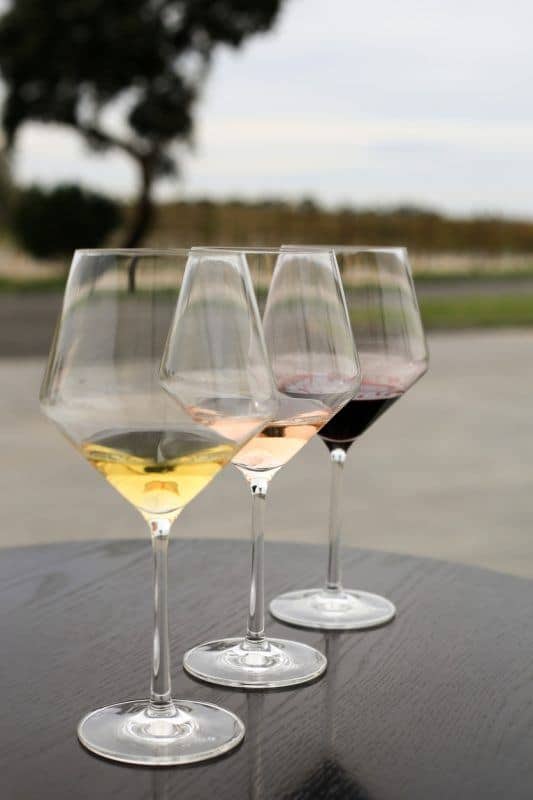How to Taste Wine – 4 Simple Steps
There is a lot written about tasting wine properly, probably far too much, (and I say that as I am about to write a piece about how to taste wine…) there is a wealth of information available on this here ‘interweb’ but in reality if you are like me as long as the wine tastes ‘good’ and is enjoyable that is all you really need to know.
That said, whilst ‘taste’ will always be a subjective thing there is an element of science behind tasting wine in a structured way, getting all your senses involved and getting the most out of it. A while back on the Inspiring Wines Blog I posted a piece on how to blag a wine tasting “How to Blag Your Way Through a Wine Tasting – Our Top 5 Tips”, it was slightly tongue in cheek but wine tastings are becoming more and more popular and it got me to thinking, armed with some basic knowledge anyone can get a lot more out of tasting their wine. Our whole ethos at Inspiring Wines is to get you trying something new, to expand your wine horizons so it seems wholly appropriate to share some tasting tips to help you along the path to ‘Winevana’
Next time you have a get together over a few bottles, share it with your friends but be careful if your friends are anything like mine it can get a little bit competitive. Until about the 3rd bottle when it all starts to go downhill…
The Inspiring Wines Guide to Tasting Wine
Obviously outside influences can affect tasting wine, you need a ‘clean’ palate ideally, smoking, colds and strong foods or strong perfumes can all affect our ability to taste. (Leave the ‘Poison alone! 80’s reference there, apologies to anyone younger than 35!) A good source of light is useful for judging colour and tulip shaped glasses are often good for tasting as they retain aromas well. It’s not essential to have specific tasting glassware but if you are comparing wines it’s good to taste in the same type of glass to keep consistency.
The 4 Basic Steps of Tasting:
-
Look
Check out the colour, opacity and viscosity (sometimes referred to as a wines legs). Don’t spend ages on this bit, there are a number of clues to the identity of a wine linked to its appearance but unless you are participating in a ‘blind’ tasting just have a good look at the label… much easier!
The main reason for looking at the appearance of a wine is, it can warn of faults. A dull, hazy or brown appearance can sometimes indicate a faulty wine.
-
Smell (or nose)
It is very important to perfect your swirl and sniff action, this is where the ‘tulip’ style of glass comes in handy as you can give your wine a proper swirl and then get you ‘hooter’ right in the glass for a good sniff.
On first sniff think in broad brush strokes. You’ll almost certainly smell fruits (wine is made from one after all) but is it citrus, tropical, red fruits, black fruits, dried fruit, stone fruits etc. Try not to get too specific, often it can be difficult to totally pinpoint a fruit aroma but instead, think of the depth of the smell in 3 key areas:
- Are you getting a nose full of fruit (red, black, tropical, citrus etc.), or is it overwhelmingly floral? – This comes from the grape
- Are there any vegetable, herbaceous notes coming through or is there spice? – This comes from the production process
- Can you identify any oak, animal or mineral? – This predominantly comes from the aging process
-
Taste
So on to the good bit:
Take a sip and get it swirling around your mouth, don’t rush give yourself plenty of time to let all the flavours come out in your mouth. Some say that you are meant to draw a little air in through your lips at this point to aerate the wine in your mouth. Up to you that one….all that noise never goes down that well in my local.
Now you are looking out for a number of distinct characteristics:
Sweetness – is it dry, is it medium, is it sweet. Most wine is predominantly dry and you will know very quickly if a wine is moving towards sweet.
Acidity – it’s what makes a lemon taste the way it does, so if a wine is pulling your cheeks in it is likely to be high in acidity.
Tannin – Present in grape skins, so wines that have more contact with skins during production will have higher tannin levels. High tannin wines can have an astringent quality to them. Soft, ripe tannins can contribute to the body of a wine.
Body – how does it ‘feel’ in the mouth and is a combination of all of the above characteristics. Simply described as light, medium or full.
Flavour – simple of course, what can you taste? Fruit, flowers, sweet spice, mown grass, wet dog…hopefully not?
Finish – finally how long do the desirable flavours linger? Generally speaking the longer and more complex the finish the higher the quality of the wine.
Seems like a lot to fit into a quick taste I know but you’ll be surprised how straightforward it becomes to pick out specific characteristics or notes with a bit of practice.
My personal tip for getting better at tasting is to pick out a number of different wines and research their ‘typicity’ and characteristics i.e. what they should smell and taste of and then armed with that knowledge taste them, you quickly learn to spot and pick out specific characteristics and get a feel for how the process works. What more of an excuse do you need to open 6 bottles of wine at the same time?
-
The Conclusion
Always sum up your conclusions on the wine, a brief description, did you like it, what stood out and what didn’t? If you are tasting a number of wines at the same time it isn’t completely anal to make a couple of notes as you go along. Believe me, when you get the 6th bottle you’ll no longer have a clue what the first tasted like.
And that’s it really. Generally speaking, quality should shine through, lots of primary and secondary flavours, depth and a long and complex finish but that’s not to say that less expensive wines don’t have depth, flavour or finish.
Yes, you can apply science but it’s not an exact one when it comes to wine.
It’s really about your personal taste and what interests and intrigues you.
Hopefully this brief tasting guide will help next time you are choosing wine, keep it simple and don’t over think it is my main take-away for you. And of course, enjoy your wine and enjoy yourself!
Cheers all. Salut!
Written by Dean Spencer – Director – Inspiring Wines
If you’ve enjoyed this post please share it with your friends, we very much appreciate it.


